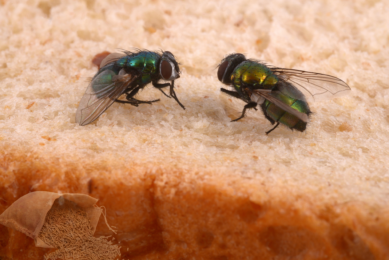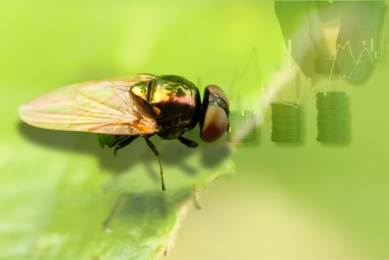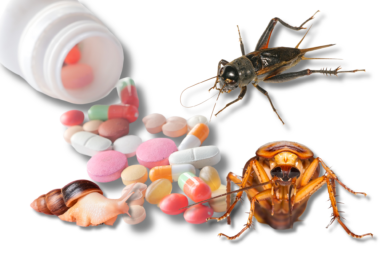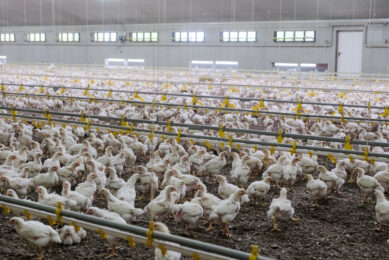The Green Deal: Potential impact on the feed industry
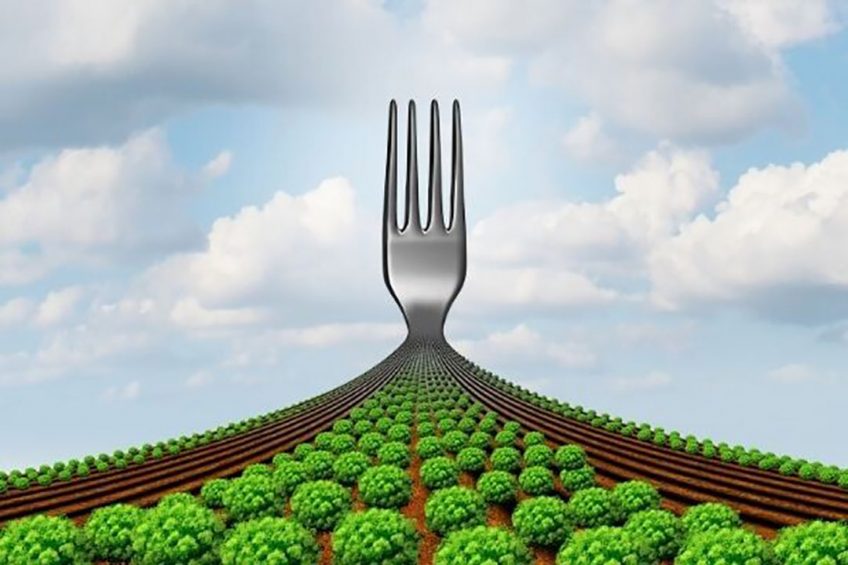
A look at its many significant expected and potential impacts on the feed industry in Europe.
The European Union’s Green Deal will affect all sectors of the EU economy, including farming and livestock feed. It is described officially as “a new growth strategy that will transform the Union into a modern, resource-efficient and competitive economy, where there are no net emissions of greenhouse gases by 2050, economic growth is decoupled from resource use, and no person and no place is left behind.”
The Deal is directing the EU feed industry to achieve many goals. These include the production of diets with lower amounts of protein and phosphorus (resulting in less excretion of nitrogen and phosphorus) and the increased use of local ingredients. The use of ‘sustainable’ alternative proteins, such as unicellular and insect-based proteins is also desired. In addition, the Green Deal also has a legislated target of 25% organic food production in the EU by 2030, which will require an increase in organic feed production.
However, in a new report called Economic and Food Security Impacts of Agricultural Input Reduction Under the EU Green Deal’s ‘Farm to Fork’ and Biodiversity Strategies, the US Department of Agriculture’s Agricultural Research Service suggests that the Deal will reduce both EU agricultural production and its competitiveness in domestic and export markets.
FEFAC response
In terms of how members of FEFAC (which represents the European compound feed & premix industry) will align with the Deal by further lowering the amount of protein and phosphate in compound feeds, FEFAC Secretary General Alexander Döring explains that long-running efforts will accelerate.
Feed companies will also ramp up use of science and technology to become more efficient. Alltech points to “a large cooperative feed mill in Spain,” which has consulted with Alltech and Dr Frank Mitloehner of the University of California (Davis) about how it might improve production efficiency. This feed mill is now using technologies such as InTouch digital IOT Technology and Alltech E-CO2. Alltech Europe Growth Officer Robbie Walker says “this approach has put them ahead of the curve in conforming to the Green Deal requirements. It has also provided them with enhanced value proposition for the sale of their products to consumers who are demanding a more sustainable future.”
In terms of how FEFAC members could increase use of local ingredients and ‘sustainable’ alternative proteins, Döring says they recognise the potential to increase production and competitiveness of homegrown oilseeds and protein crops. He adds that insect meals, processed animal protein (PAP) from poultry and pigs, marine ingredients, yeast, algae and so on “can all make a valuable contribution to further reduce the EU’s reliance on imported Hi-Pro vegetable protein (protein sources containing 30-50% protein).” However, FEFAC urges realistic targets and the addressing of trade-offs between competing targets. Döring adds that market access to imported vegetable proteins will remain crucial.
On the subject of 25% organic food production in the EU by 2030, Döring says this is understood to be an aspirational target. He adds that this target would be easier to obtain in sectors like aquaculture, dairy and table egg production, but “there are much more economic constraints in sectors like broiler and pig production.”
FEFAC is also “pleading” for a ‘One Nutrition’ programme at EU level, which integrates cutting-edge nutritional science on plant, animal and human nutrition “in order to stimulate a holistic approach to define specific sectoral sustainability indicators to improve nutrient efficiency along the whole agricultural and food production chain.”
The role of insect ingredients
There is a large role for insect production to play in helping the EU feed sector align with the sustainability parameters of the Deal.
One way that insect production is sustainable is in the food the insects themselves consume. Insects in the EU are currently fed a mix of by- and co-products from the agri-food industries,
reports Constantin Muraru, communications manager at the International Platform of Insects for Food and Feed (IPIFF), which represents the interests of the insect production sector. They are also fed resources which are not currently destined for human consumption (the so-called ‘former foodstuff’).
“The above mentioned by-/co-products may also include those derived from grains, starch, fruit and vegetable supply chains (e.g. bran, distillers grains, unsold fruit and vegetables, including peels) as well as products arising from the food manufacturing process (other than final products),” explains Muraru. “Among the most frequently used former foodstuffs used in insect farming, we can highlight unused outputs from local food producers, such as bakery products, or products from supermarkets which are unsold due to technical or logistical reasons.”
Going forward, IPIFF hopes this will increase, with its members committed to making “a bolder contribution” to EU’s target of halving food waste by 2030. “To this end, one of the primary objectives is to facilitate food waste avoidance – by redirecting products intended for human consumption (which would not have other use and would otherwise be discarded) – to insect farms,” says Muraru. “From a regulatory point of view, one necessary step is the authorisation of former foodstuffs containing meat and fish. On this subject, IPIFF is collaborating with the European Commission in order to diversify the list of permitted substrates for insect farming activities.”
In terms of how much the use of insect protein in feed will expand, we must look at where things are currently situated. Presently, insect PAP can only be used in aquaculture feed and pet food., but IPIFF hopes regulatory changes made in 2017 by the European Commission (EC) will soon bring regulatory clarity, encouraging investment into the insect sector and promoting upscaling.
However, although insect farms are being “presently being built all across the continent,” Mararu says “it would take a couple of years until they will reach their maximum production capacity – delivering high-quality feed ingredients for the aquaculture sector – but also for the poultry and pig feed markets. Future legislative developments (e.g. authorisation of new substrates such as former foodstuffs containing meat and fish, development of organic standards for insect farming) would considerably contribute to increasing demand for insects and their derived products.”
Insect protein production is also of course sustainable not only because it’s efficient and uses food industry by-products but because it’s local – and has significant potential to displace some imports.
IPIFF points out that in the ‘EU+UK Protein Balance sheet’ published by the EC in June 2020, 78% of protein in EU animal feed originates in the EU, but only 26% of Hi-Pro feed ingredients originate there. IPIFF believes that in line with the growing demand for EU-produced feed, insect production may increase EU-based production of Hi-Pro and Super-Pro (>50% protein content) sources.
The big picture
On the whole, FEFAC consider the Green Deal objectives “as stimulus-providing opportunities to the feed sector to reposition animal nutrition solutions as a key vector to drive innovation to support the sustainable development of livestock systems,” says Döring.
“FEFAC together with its sister organisations in the US, Brazil and other world regions have invested heavily in new environmental impact assessments tools (PEFCR Feed) for which the methodology was developed and assessed by FAO and the EU and Global Feed LCA databases (GFLI).”
This will allow the EU feed industry, livestock farmers, the supply chain and other partners “to demonstrate that effective, science-based feed systems can make a significant contribution to reduce environmental burdens of feed and livestock production.”
However, Döring adds that FEFAC advocates “a balanced approach, inviting the EU Commission to tackle in-built dilemmas and trade-offs between competing Green Deal objectives by developing more meaningful sector indicators…This approach would reflect the ‘DNA’ of the EU and global feed industry, as resource efficiency champions of the food chain, through the conversion of co-products and non-human edible feedstuffs into hi-value animal protein sources.”




